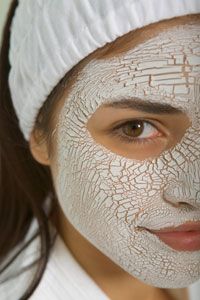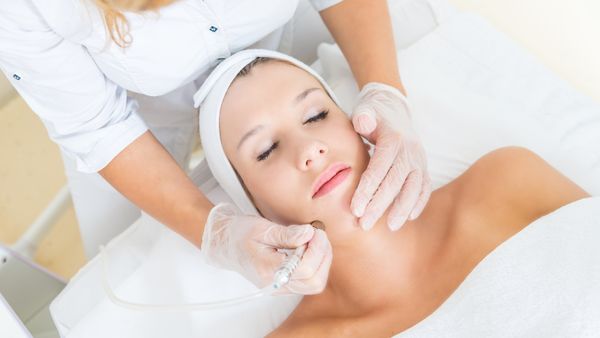The older we get, the older we look. That's just the way it goes. Unfortunately, there is no fountain of youth, but that hasn't stopped people from trying to slow the aging process. Although we can't exactly do that, we've gotten pretty good at giving the illusion that we can. These days, people spend billions of dollars every year to try to look younger. There are anti-wrinkle creams, pills packed full of antioxidants, facelifts, other surgeries and a whole slew of homemade remedies that people swear by -- and even though many of them are a waste of time and money, some actually do work.
One treatment that does tend to work is called a chemical peel, and unlike a lot of procedures it doesn't try to hide behind its name. A chemical peel is just that. Doctors use chemicals that literally peel away layers of skin. That might sound scary, but if you've got all the facts it makes a little more sense. Chemical peels have the ability to make you look younger by eliminating the appearance of skin imperfections such as sunspots and acne scars [source: Levine]. The best part is that chemical peels work by taking advantage of a natural biological process that is constantly at work in our bodies. Most people probably don't even know it's happening.
Advertisement
Not all people have the same kind of skin. Over the years, you are subjected to different factors based on where you live and what you do. Luckily, there are several types of chemical peels to suit different individual needs, but they aren't cheap. If you decide you're going to get a chemical peel, be ready to break out the checkbook. The cost varies depending on the type of peel you get and the extent of your skin damage. There are also a few possible side effects you'll want to be aware of before you make your decision.
Keep reading to find out if a chemical peel is the right treatment for you.
Advertisement

